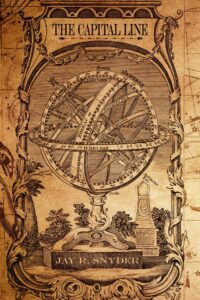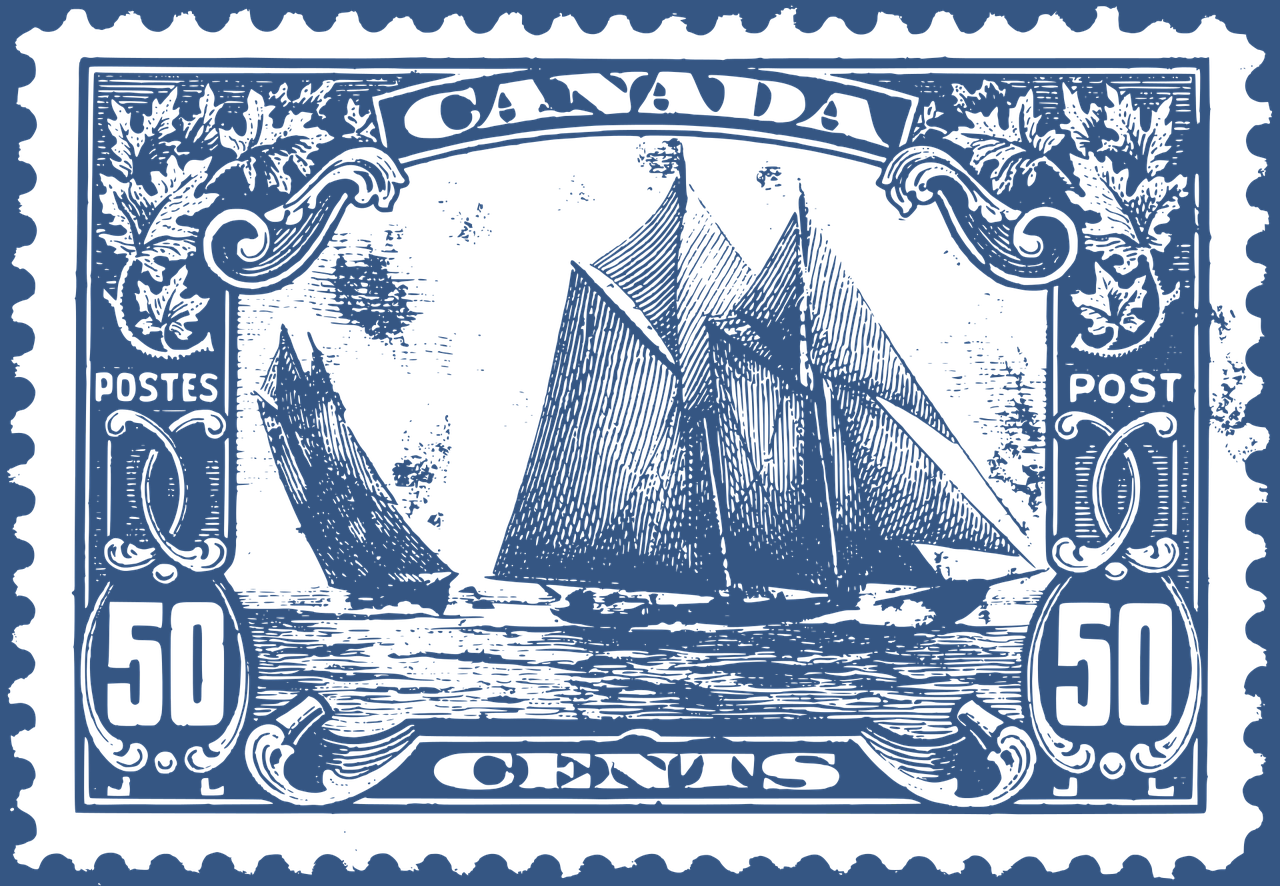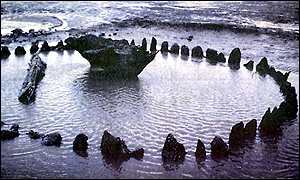Archive Treasures
Kimberly Beals – Lead Archivist, Secretary to the Board of FREA
Stamps: Not Just for Snail-Mail Anymore
Stamp collecting, or philately, is both FASINATING & FUN! Exploring a collection that was not yours and digging deep to determine why it was collected is an adventure that I never knew I would be undertaking.
Why collect stamps? They have colorful images, real-life stories, a variety of topics, history, and possible value. The value of old postage stamps varies by era and country. Different aspects of postage stamps, like watermarks and perforations, are prevalent, especially with old postage stamps. A definitive stamp is a postage stamp that is issued regularly in a particular country. Some are rare or valuable, and only a philatelist, or a stamp appraiser, can distinguish the difference between a rare definitive and an ordinary postage stamp. Countries also issue commemorative stamps that can offer historical information and potential value. There are cases where stamps are printed but never issued as legal postage. These stamps are known as “Cinderellas”. Even these can be of interest and are sometimes collected. The Enzmann Archive includes several examples of Cinderella issues (please see Figure 1).

1: 1969 Nagaland – Moth
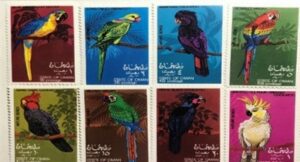
2: 1969 Oman State – Parrots
In addition to the most common rectangular shape, stamps have been printed in geometric (circular, triangular hexagonal, and pentagonal) and irregular shapes. The United States issued its first circular stamp in 2000 as a hologram of the earth. Sierra Leone and Tonga have issued stamps in the shapes of fruit.
The first stamp, which was the Penny Black stamp, issued in Great Britain, was put on sale on May 1, 1840, and was valid on May 6, 1840. Today it is valued at around $5,000 in good condition. The first United States general issue postage stamp, for distribution throughout the country, was prepared under authorization of the Congressional Act of March 3, 1847. Early U.S. stamps can exceed $10,000 in value. This ended up being a particularly good investment, for a few pennies, in the late 1800’s.
To put an amateur view to Dr. Enzmann’s Stamp collection, I first took into consideration that the interest in collecting may have started with his father, Ernst Enzmann. He had a collection based on his travels and life interests. I found a wonderful album that contained many stamps dating back to the late 1800s from such countries as Austria, Great Britain, and Germany (please see Figure 2).

3: 1869 U.S. – Pony Express Rider

4: 1902 German Empire

5: 1883 Austria – Coat of Arms
Dr. Enzmann’s collection was not as well organized as his father’s but was significantly larger. It also seemed to contain stamps based on his life’s interests. Stamps from countries where he had lived, traveled, or worked, commemorating NASA and space travel, geology, renowned scientists, history, and customs of other countries. The collection also included stamps depicting horses which are a personal interest of his wife, Joanna Enzmann.
Many of the stamps that were found have little or no value, other than sentimental. Perhaps the interest was in the design or theme. I started out with the belief that only stamps that were in mint condition or un-canceled were of any value. It turns out that many stamps that have been canceled can have a value, depending on whether that country still exists or if it has changed its identity over the years.
We did find a few gems, such as (please see Figures 6-9)
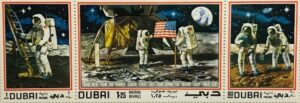
6: 1969 Dubai – Moon Landing

7: 1967 Yemen – Arabian Horses
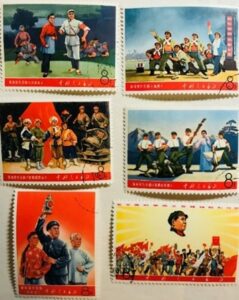
8: 1968 People’s Republic of China Revolutionary Literature & Art

9: 1970 Taiwan – 100 Horses Paintings
Will the introduction of the “Forever” Stamp mean that stamp collecting might one day fade away, and become a hobby that future generations never know or understand? Hopefully, collections out there will be passed down and preserved for history even if no significant monetary value exists.
The undertaking of sorting, researching, and curating Dr. Enzmann’s Stamp Collection not only strained my eyesight but enlightened me in a subject that I knew very little about. Some of the collection will be retained for the Enzmann Archive and Museum, the rest will be sold to support the ongoing efforts of FREA.
